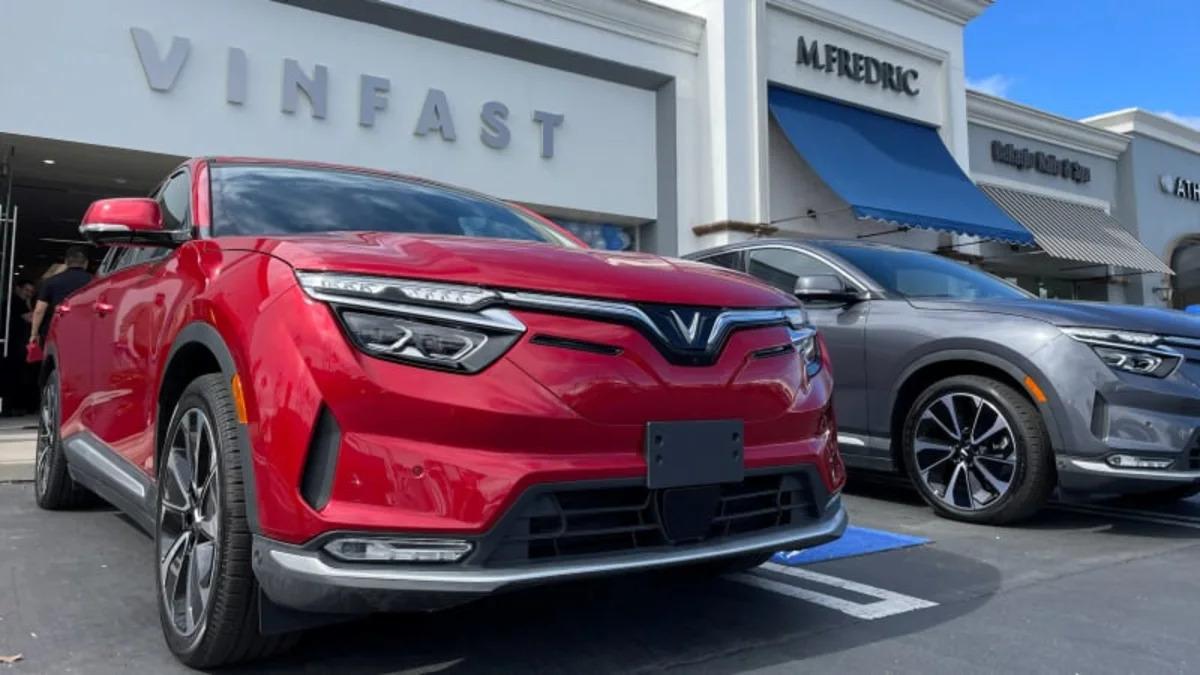VinFast's store in Los Angeles (Reuters).
VinFast’s net loss widened to 14.1 trillion dong ($599 million) in the first quarter ahead of a bid by the Vietnamese electric-vehicle maker to go public in the U.S. this year.
The company expects more operating and net losses in the near term as it scales vehicle production, sets up factories and pays for marketing, sales and servicing efforts, it said in a U.S. regulatory filing.
Backed by Vietnam’s richest man, Pham Nhat Vuong, VinFast plans to list in the U.S. by merging with special purpose acquisition company Black Spade Acquisition Co. in the second half of this year. The deal, to be completed by July 20, would give VinFast an equity value of about $23 billion.
While VinFast has started shipping its battery-powered sport utility vehicles to customers in the U.S., it’s wading into an increasingly competitive market, with Tesla slashing prices and putting pressure on incumbents such as Ford and General Motors. VinFast is forecasting sales to reach 45,000 to 50,000 this year and has said it may produce electric pickups, a mini car and other models, subject to market demand.
Vuong’s propping up of VinFast has been costly. Parent company Vingroup JSC and its affiliates and external lenders have deployed around $9.3 billion to fund the EV maker between 2017 and the end of March, according to the filing.
The company’s first-quarter result compares to a 9.7 trillion dong net loss in the year-earlier period. Last month, Vuong said VinFast could be profitable after 2025 if operations are “smooth” and that the company could break even by the end of next year.
The manufacturer also appears to have moved away from a time frame for production at its mooted factory in North Carolina.
In March, VinFast indicated production at the as-yet-unbuilt facility wouldn’t start until 2025. It’s removed that time reference in the latest filing, saying only that pre-construction work on the plant started in the third quarter of last year. The factory is expected to have initial capacity for 150,000 vehicles a year, then ramp up to around 250,000 vehicles a year. The company doesn’t say when it expects to reach those capacity levels.


Sign in to post
Please sign in to leave a comment.
Continue